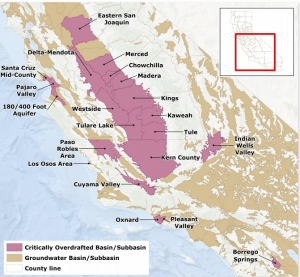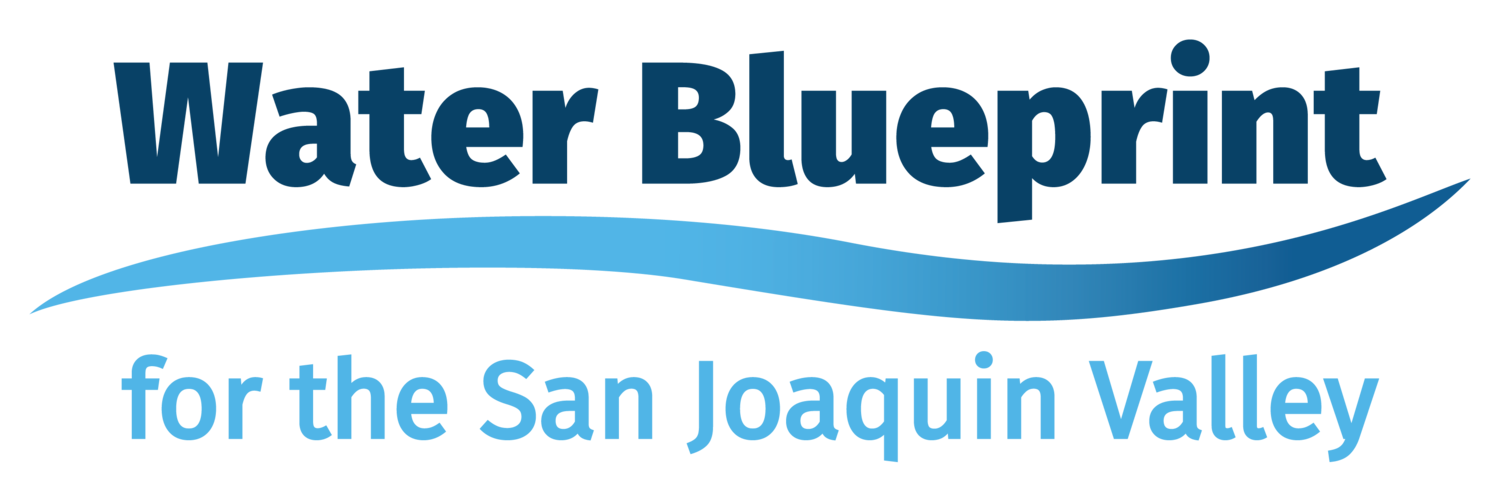California has a well-earned reputation for fighting over water. But, in what now seems like a long time ago in a galaxy far, far away, California during the 1990s witnessed a considerable amount of collaboration among diverse interest groups. Those collaborative negotiations among agricultural, urban, and environmental interests created a long list of policy successes relating to water conservation, drought water banks, water markets, an agreement to restructure the State Water Contracts, and the Bay-Delta Accord. Regrettably, during the 21st century, California water policy has slipped back into adversarial arenas in which warrior coalitions have us trapped in a seemingly endless series of legal disputes that have little or no chance to advance sound policy for the San Joaquin Valley economy, its environment, or social justice.
Recently, there has been growing interest in addressing the Valley’s historic – and daunting – water challenges through collaboration. One promising initiative is the San Joaquin Valley Water Collaborative Action Program. SJVWCAP took its first tentative step on September 21 in the form of a Stanford University Uncommon Dialogue co-chaired by Buzz Thompson, law professor and faculty director of the Water in the West Program at Stanford, and Ashley Swearengin, CEO of the Central Valley Community Foundation. More than 50 participants attended the zoom event, representing key interest groups that don’t always talk to each other: safe drinking water and DAC advocates, growers and the ag industry, water agencies (many active in the Blueprint process), local government, and environmental NGOs. All the interest groups or caucuses had something constructive to say. Some important decisions were made that day to move forward with a Valley-wide collaborative action program; create a smaller, nimbler Planning Group to develop a draft “problem statement”; hire a professional facilitator; and work together raising funds for the effort.
Since then, SJVWCAP has made steady progress. An interim governance organization includes a large Plenary Group (basically the September 21 attendees and some new additions); a 20-person Planning Group, and an 8-member Steering Group. The Plenary Group is a consensus-oriented decision-making body, the Steering Group organizes the agenda and meeting materials for Plenary Group meetings, and the Planning Group is where much of the work happens. We have also organized a diverse Facilitator Selection Committee that plans on interviewing candidates and selecting a facilitator (or team of facilitators) in December. A Finance Committee is working to raise funds.
The Planning Group includes representatives of each interest group (or caucus). Developing a Problem Statement is a prudent early deliverable. It will require each caucus to recognize the legitimacy of the problems and challenges confronting other caucuses. That will be the basis for moving to a comprehensive, Valley-wide plan that addresses all the water challenges in a comprehensive, integrated solution set that is supported by each caucus and by the collaborative as whole.
Timothy Quinn
Fellow, Stanford University


